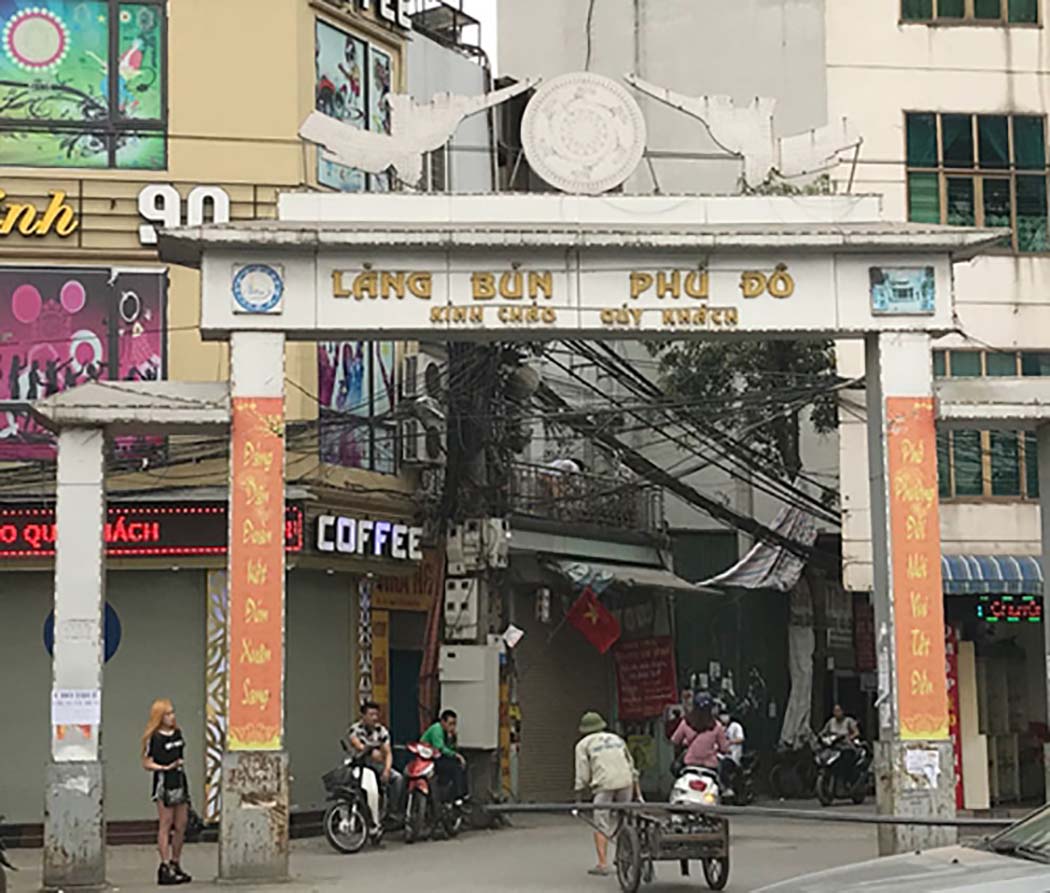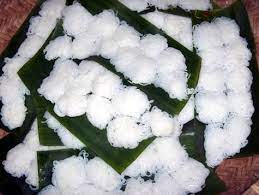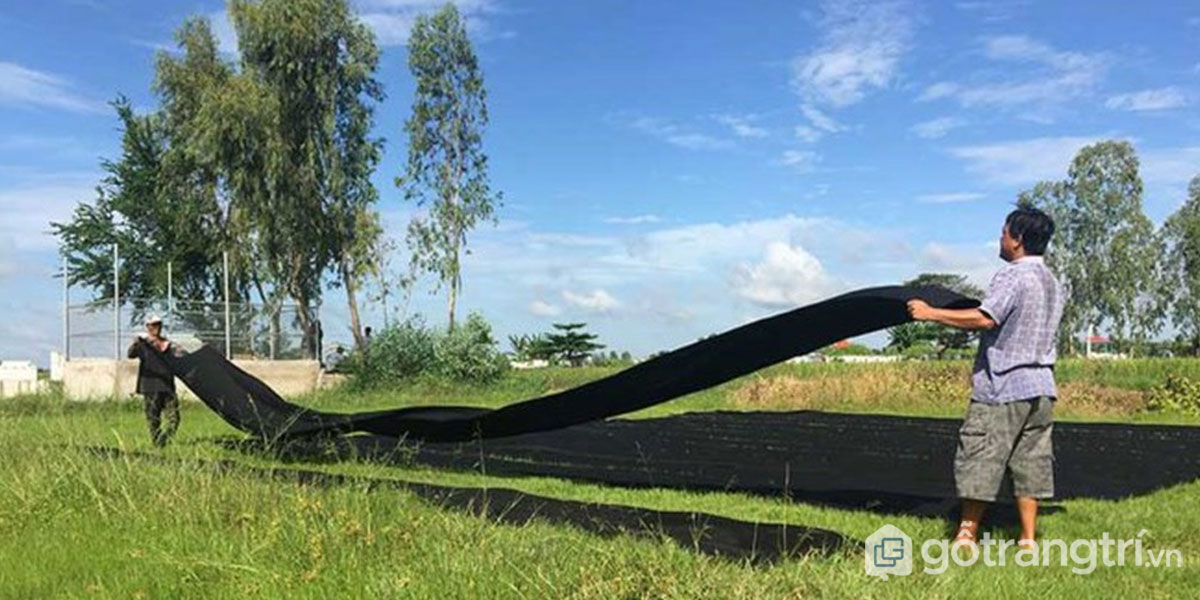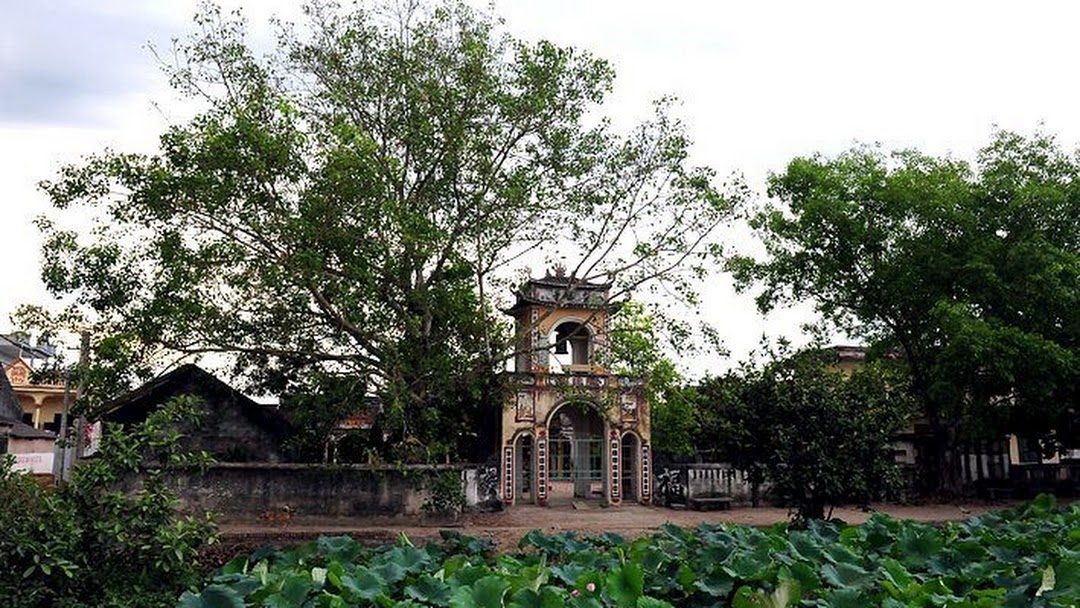Phu Do
For a long time, along with pho, Bun has become one of the familiar dishes of Vietnamese people. However, in order to reach the culinary quintessence of the ancient land, there must also be a reason of its own. Because not every dish can win over the fastidious gourmet tongues of Ha Thanh people. However, Phu Do vermicelli has done that.

Making Bun is a hard job, making delicious noodles is even more difficult. According to Mr. Nguyen Tien Tin (the family has a tradition of 3 generations of making Bun) shared: It takes a lot of work to make delicious Bun, for every 1kg of rice, only 2.3-2.5 kg of Bun can be produced and it takes a lot. stage. The first step to mention is choosing rice and choosing water to soak. Rice needs to choose fragrant rice, the water needs to be clean and all must be very hygienic. In the past few years, Phu Do Bun products have received more attention from the State, so the life of craft villagers has been less difficult. Many production stages have been replaced by advanced technology, which not only ensures food hygiene and safety but also quality, toughness and especially labor saving.

Up to now, it is estimated that more than 50% of noodle products on the Hanoi market are from Phu Do village. Every day, 10-15 tons of Phu Do Bun are consumed in the city. The village's Bun products have been present in many supermarkets and markets in Hanoi and some localities, especially dried Bun products have been exported to foreign countries. Many people in the village who go to work in other localities also bring the profession of making Bun to make a living and establish a career, contributing to the preservation and development of traditional occupations. With efforts to affirm the quality and products of Phu Do Bun, in 2009, the village was recognized as a traditional craft village by the Hanoi People's Committee. In 2010, Phu Do Bun was officially recognized by the National Office of Intellectual Property as an exclusive brand and became a national brand.



